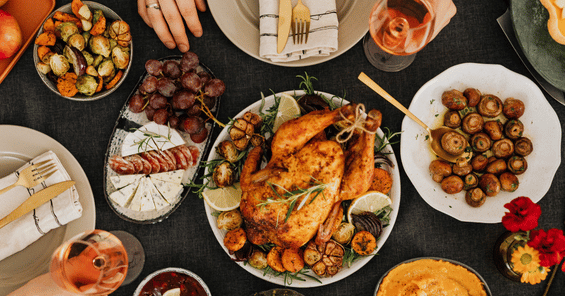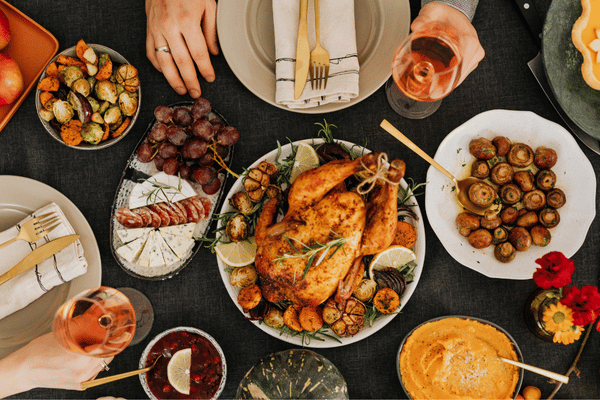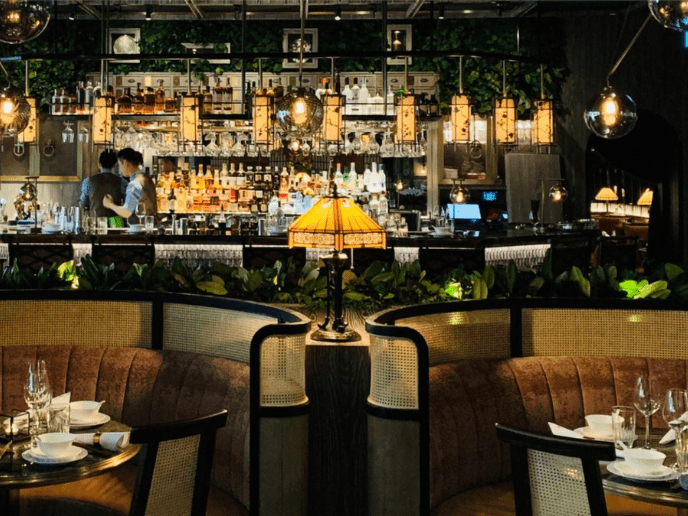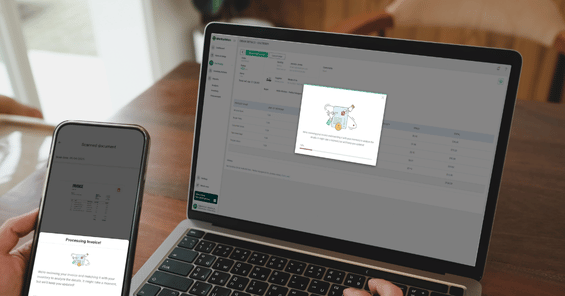

How to Control Food Cost Variance to Improve Operations and Increase Revenue
In this article, we discuss how food cost variance factors into profit margins, how to calculate food cost variance, major causes of food cost variance, and more.
Food is a big part of your overall costs (typically 30%). It’s also one of the most variable costs you have. If food prices rise, your food cost variance can swing dangerously high. That’s why it’s important to track variance and use it to correct — and even improve — your restaurant’s cash flow.
Once you have a solid process for tracking variance, you can use it to increase efficiency in your kitchen, reduce waste, assess vendors, revise your menu, and even complete your budget forecasting.Let’s do a quick review of food cost variance before we dive into how it can improve your restaurant’s cash flow.
Five Profit-Impacting Trends Shaping the Restaurant Industry in 2023
🔓 Unlock the secrets to restaurant success with actionable strategies for optimizing operations, maximizing profits, and building a loyal customer base.

How Does Food Cost Variance Factor Into Profit Margins?
To maintain that 30% budget for food spending, you need to track the difference between your actual and theoretical (or ideal) food costs.
A higher food cost variance can be a red flag for internal issues, such as excessive spoilage and theft, or external issues, such as a vendor who raised their prices.
Pinpoint the problem using your food cost variance and then adjust or correct as needed. If spoilage is the problem, consider switching to a lean inventory message to reduce waste, or analyze sales through your POS if there is an unpopular food item you can simply eliminate.
If a vendor has raised prices, renegotiate your terms with them, or find someone else to supply your needs. You could even use your inventory management software to locate new vendors.
Of course food costs naturally vary over time. As suppliers adjust their pricing and produce goes in and out of season, slight food cost variance (around 2%) is normal.
If a rise in price is unavoidable, you now know you should raise prices on your menu. Use your food cost variance to set new prices to adjust for inflation.
Pro Tip: Now might be the time to compare POS data with food cost variance and raise prices on popular items to increase your profits.
Calculating Food Cost Variance
Your food cost variance is the difference between your theoretical food cost and your actual total food cost. It tells the story of what you predicted, versus what actually happened.
For example, if you predicted that your food cost would be 28% of total sales, but actually it ended up being 31%, you would have a food cost variance of 3% — and lower profits than you expected.
Note: You don’t need to factor overheads like utilities or labor into your food cost percentage.
What is the ideal food cost pricing method?
The ideal food cost pricing method is a way to calculate your menu prices based on your ideal food cost percentage.
This uses your ideal ratio of the cost of raw materials vs. revenue.
You can calculate ideal food cost pricing by dividing the actual cost of ingredients by your ideal food cost percentage.
For example, if raw ingredients for a dish actually cost $3.60, and your ideal food cost percentage is 30%, you would calculate 3.60 ÷ 0.3 = 12. Your menu price in this case would be $12.
What are AP and EP food costs and which should I use?
AP, or as purchased, food cost is the cost of raw ingredients before they are cooked, cut, or processed. These may include items like flour or butter.
EP food costs are the edible portion food costs. This is the cost of raw ingredients that are cooked, cut, or processed in some way. Examples include peeled and diced potatoes or cored and sliced apples.
Once you have your AP and EP, you can calculate yield percentage, or how much of the food is lost due to cooking, cutting, or processing. To do so, divide the AP cost by the EP cost.
Yield percentage is important to calculate how much you are spending on ingredients versus how much is actually making it on the plate, helping you set menu prices. When calculating your actual food costs, use your EP cost.
Major Causes of Food Cost Variance
Finding cost variance is just part of the puzzle of cost variance analysis. Track food cost variance regularly to understand your actual costs and see your progress.
Finding the source of differences between your ideal food cost and your actual food cost can help you to close that variance gap.
The major causes of food cost variance come from a variety of sources, but most can be resolved with staff training to minimize cost accounting mistakes.
- Supplier price: This may include an unannounced pricing adjustment or an ad-hoc change due to seasonality or supply chain issues. Small variations may not be cause for concern. Big consistent changes may indicate that it’s time to find a new supplier, renegotiate your contract, or change your recipes.
- Waste: Whether due to inventory spoilage or simple mistakes, waste can cause you to order more food than expected. Track waste and train staff to minimize the risk of human error.
- Production: Ensuring consistency in the way recipes are produced can minimize over-portioning and squandering. Resolve food prep issues with training for chefs and kitchen staff.
- Accounting errors: Errors in your accounting process can result in food cost variance. Errors may include miscalculated ideal food costs or unrecorded sales. Using integrated software can increase accuracy to quickly discover and resolve accounting errors.
- Inventory process: From the way goods are received and stored, to proper rotation and FIFO (first in, first out) methods, inventory management can limit the risk of spoilage mistakes in the counting process.
- Theft: Whether of raw ingredients or in the form of unnecessary comps and misattributed waste, internal theft is an occasional issue in the restaurant industry. Ensuring that staff are well looked after, properly remunerated for their work, and feel part of a team can reduce the likelihood of stealing.
How can I use variance calculations to manage inventory?
Understanding your food cost percentage and variance can also help to control and manage inventory.
Keeping a close eye on food cost variance also means keeping a close eye on inventory, and taking accurate inventory counts is essential to understanding food costs.
When you measure food cost variance, you can get insight into where inventory is slipping through the cracks and being needlessly written off as waste or mispriced by suppliers. Your variance calculations can alert you to these potential issues, and help you to better manage inventory.
You can also make use of restaurant inventory management software to accurately calculate and track food cost variance. The software can give you immediate insights and visibility to drill down into exactly where variance is happening - and how you can fix it. Marketman’s inventory management software helps you to stay on top of costs, inventory counts and ordering, to minimize the risk of variance. Spot (and correct) signs of cost variance as soon as they arise.
—
Measuring and tracking food cost variance can help you to manage suppliers, attribute menu costs, minimize wastage, forecast future sales - and ultimately increase profits in your restaurant.

MarketMan's restaurant inventory management software is designed to automate inventory control, reduce food costs, and optimize all back-of-house activities. By eliminating manual processes, MarketMan empowers restaurateurs to work smarter, reduce waste, and gain insights for improved profitability. Take the guesswork out of restaurant management—book a demo today to experience how MarketMan can elevate your operations!
Author
Contributors
If you have any questions or need help, feel free to reach out
Don't miss out on maximizing your restaurant's profits! Calculate your ROI with MarketMan
Join over 18,000 restaurants and get the hottest restaurant tips delivered to your inbox
You may also be interested in
Ready to get started?
Talk to a restaurant expert today and learn how MarketMan can help your business






